Blockchain and artificial intelligence have evolved as separate revolutions—one focused on trust, the other on intelligence. But a new paradigm is bringing them together. It’s called 'Web3 AI Agent Flow', and it’s quietly laying the foundation for a radically new digital experience.
At its core, this framework combines the computational reasoning of AI with the trust guarantees of blockchain. It allows users to request complex services in natural language—no need to sign transactions, manage wallets, or deal with interfaces. The AI understands what you want, executes it across a network of services, and the blockchain records and verifies every step.
From Smart Contracts to Smart Agents
Web3 AI Agent Flow runs atop Layer 3, the application layer of the blockchain stack. While Layer 1 handles consensus (Bitcoin, Ethereum) and Layer 2 brings scalability via rollups and sidechains, Layer 3 is where users actually interact with services. Historically, it’s also where user experience breaks down.
Most Web3 applications today require technical know-how: wallet installations, seed phrases, manual signatures. It’s not user-friendly. This new agent flow removes that friction. AI agents handle complexity on behalf of the user—interpreting intent, interacting with apps, and ensuring seamless execution. Blockchain ensures that all interactions are auditable and tamper-proof.
Imagine saying “Book me a cab at Gangnam Station at 3 PM tomorrow,” and having an AI agent coordinate the entire workflow—location matching, scheduling, service integration—then record it transparently on-chain. That’s the UX shift Web3 desperately needs.
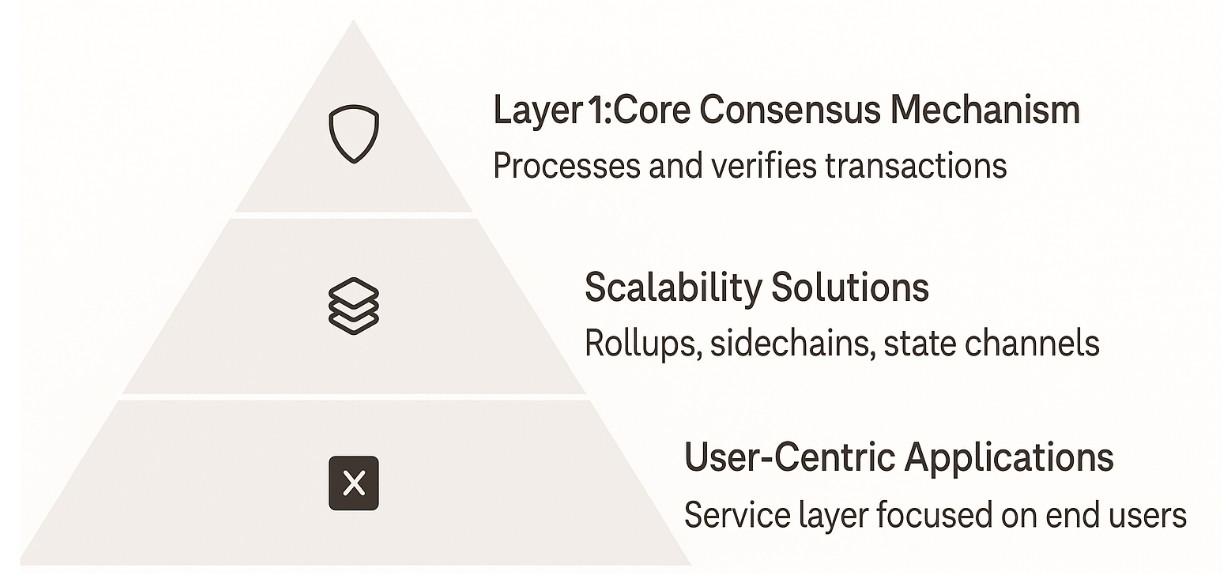
Not Just Chatbots—Autonomous Digital Agents
These aren’t simple chatbots. They’re context-aware agents capable of orchestrating multiple apps and services. Through protocols like Model Context Protocol (MCP) and Agent-to-Agent (A2A) communication, agents can share operational context and collaborate without human input.
The architecture separates LLM (Large Language Model) inference from machine learning execution, with AI agents acting as orchestrators. Once the user’s request is interpreted, the relevant models are executed, and the results are rolled up to the blockchain as verifiable transactions. Each interaction becomes a traceable proof of what the AI did—and why.
Even complex task flows are handled efficiently. Transactions are structured as trees and executed across Layer 2 chains, preserving scalability without compromising traceability. The result: transparent, modular, and verifiable execution pipelines.
AI Mining: A Web3 Approach to Compute
Under the hood, this system demands serious computational power. Traditional AI stacks lean heavily on centralized cloud providers, but that model is cost-heavy and closed. Web3 AI Agent Flow introduces AI mining, a new incentive layer where individuals contribute GPU resources in exchange for tokenized rewards.
It’s the Web3 version of compute sharing. Much like blockchain mining rewards validators for securing the network, AI mining rewards contributors for enabling model inference or training. Smart contracts handle the reward distribution automatically, creating a decentralized marketplace for compute.
This democratizes AI infrastructure. Anyone with idle GPU capacity—whether individual or enterprise—can become part of the ecosystem, shifting control from cloud giants to distributed contributors. It’s a decentralization of not just trust, but compute.
UX Innovation: When Technology Disappears
The most disruptive aspect of Web3 AI Agent Flow may be what users don’t see. It’s not about new interfaces—it’s about removing them altogether.
In this model, users interact using natural language. The system translates that into logic, triggers appropriate actions, and returns results. There’s no need for commands or dashboards. Technology recedes into the background, and users focus on outcomes.
This also redefines data ownership. All interactions are recorded on blockchain, giving users provable access to their activity history. They can choose to share or monetize their data, reinforcing self-sovereignty in an age of data commodification.
A Blueprint for the Next Web
Web3 AI Agent Flow isn’t just a technical framework—it’s the beginning of a new ecosystem. Developers can build applications atop this model just as they did around mobile OS platforms. Agents become nodes of service, interacting with one another, evolving through use.
Combined with AI mining, it unlocks an autonomous digital economy where participants are rewarded in proportion to the value they contribute—whether that’s compute power, data, or agent logic.
As the ecosystem matures, this model could become the standard for Web3 interaction: one that finally delivers on the promise of decentralized, intelligent, user-centric infrastructure.
The Invisible Tech Stack of Web3
In a world where AI makes decisions and blockchain verifies them, Web3 AI Agent Flow is more than a technical innovation—it’s a structural shift.
It proposes a future where users don’t need to understand wallets, smart contracts, or datasets. Instead, they speak—and the system listens, acts, and proves. The result is a radically more intuitive user experience and a credible path toward mainstream adoption of Web3.
If the smartphone era was defined by apps, the next era may be defined by agents—and the networks that allow them to think and prove.
[Orginal published in Tokenpost.kr]





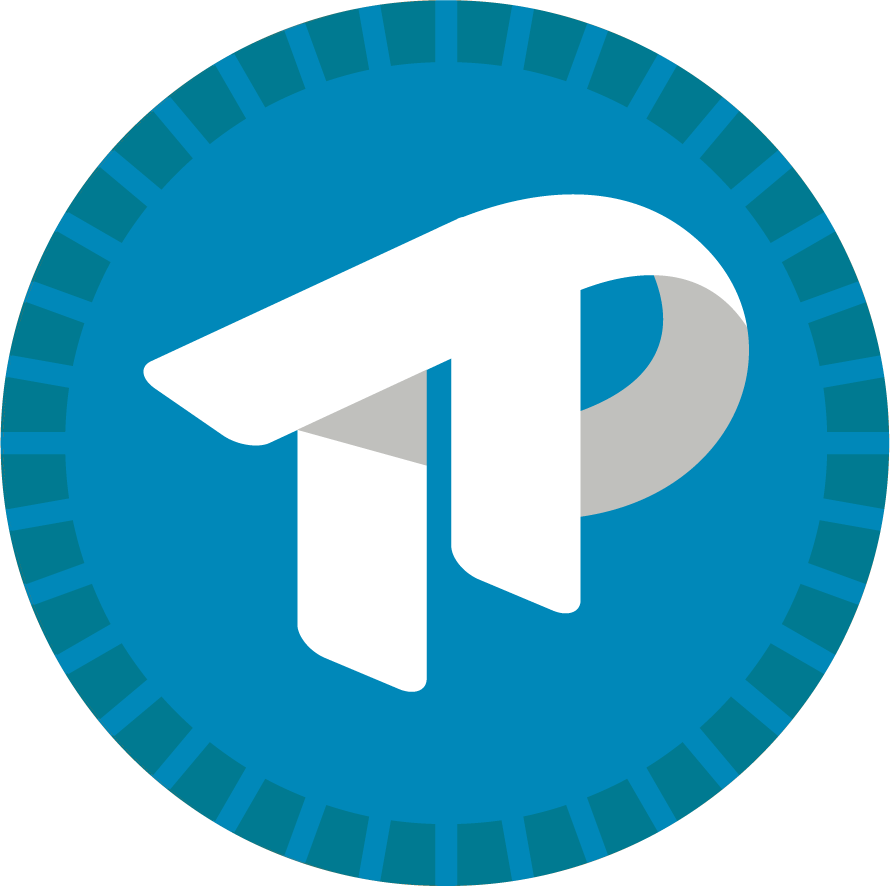
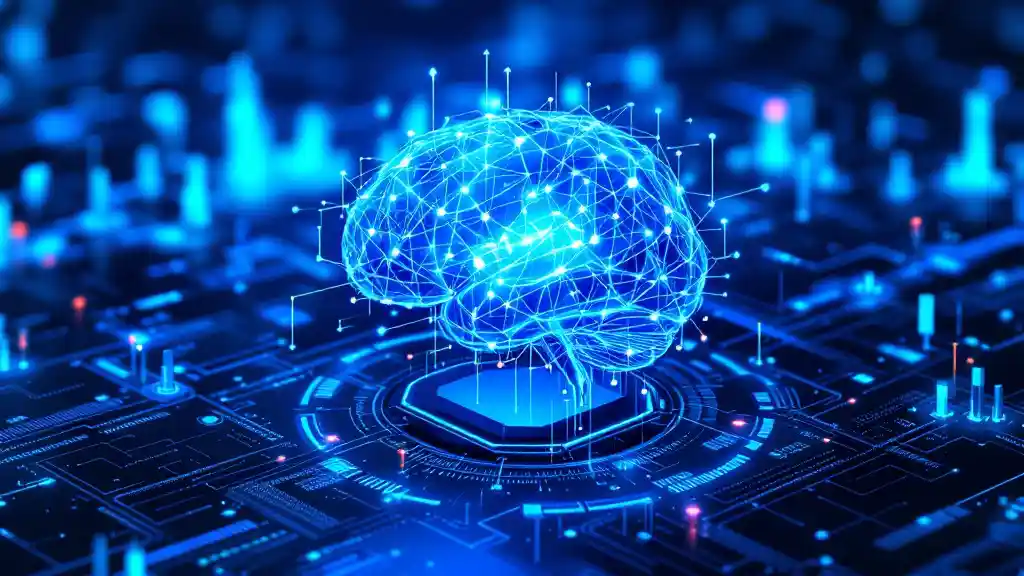





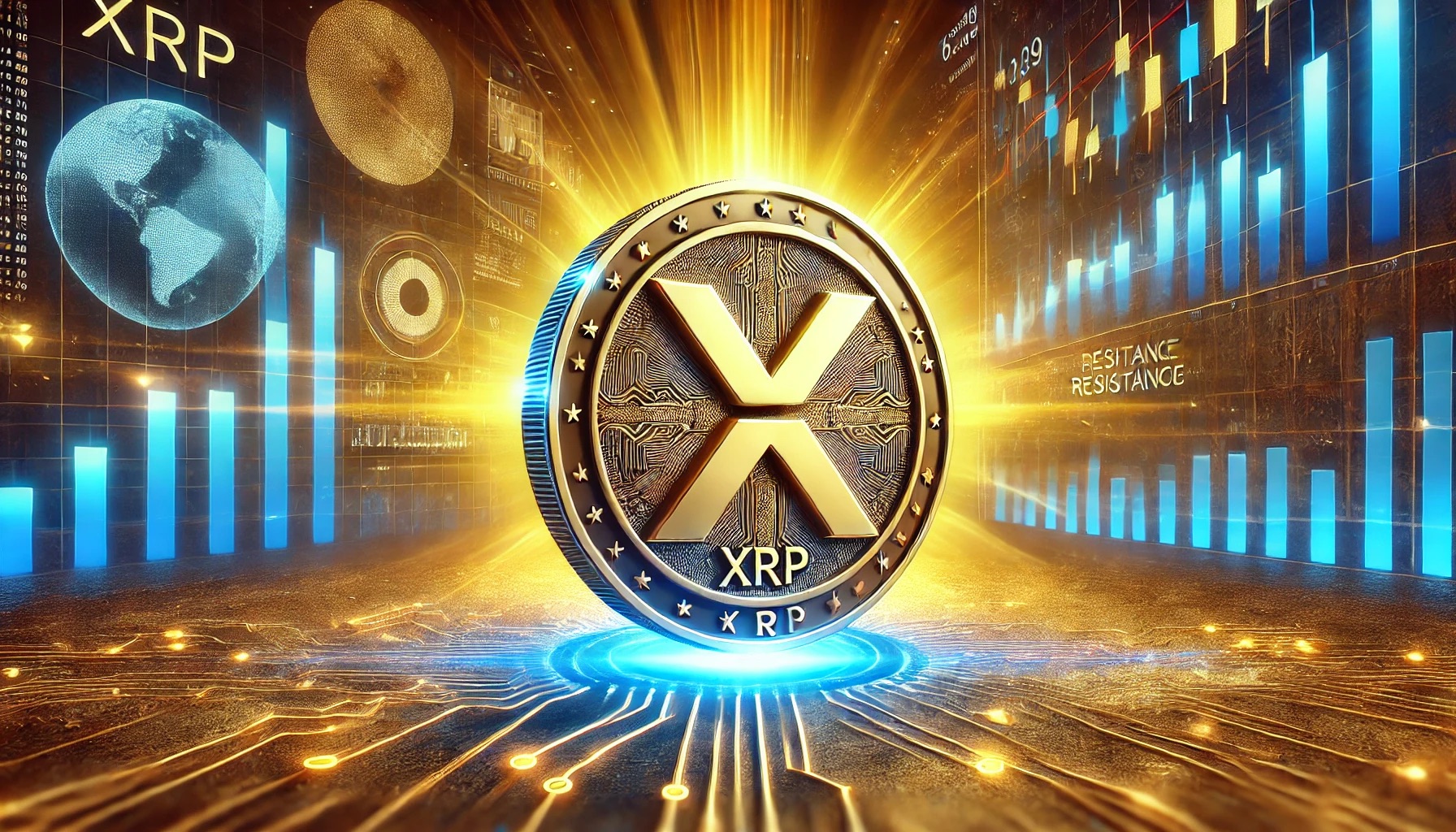











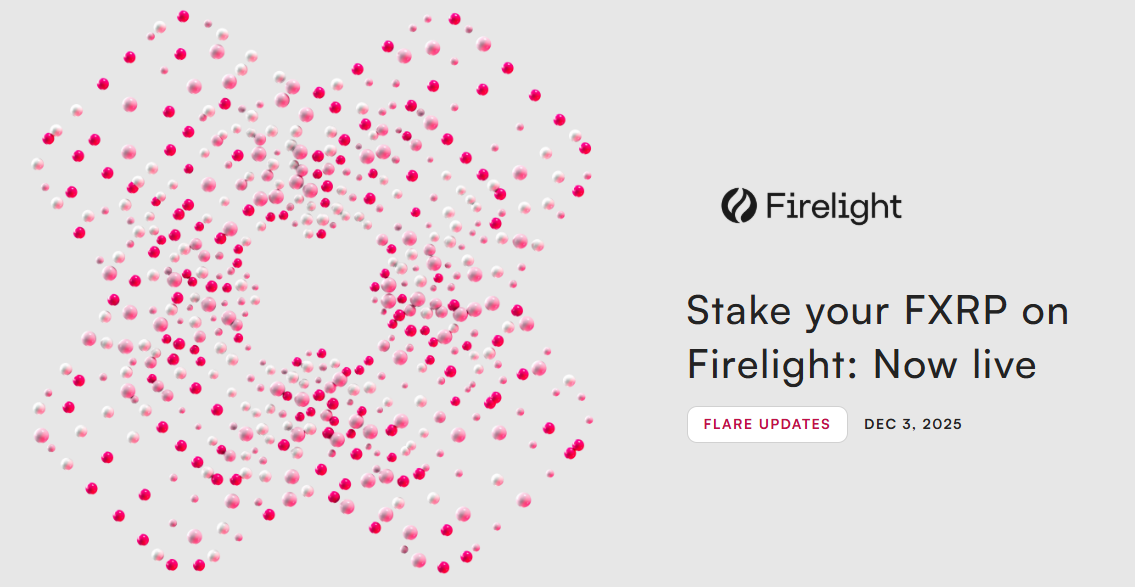

Comment 0